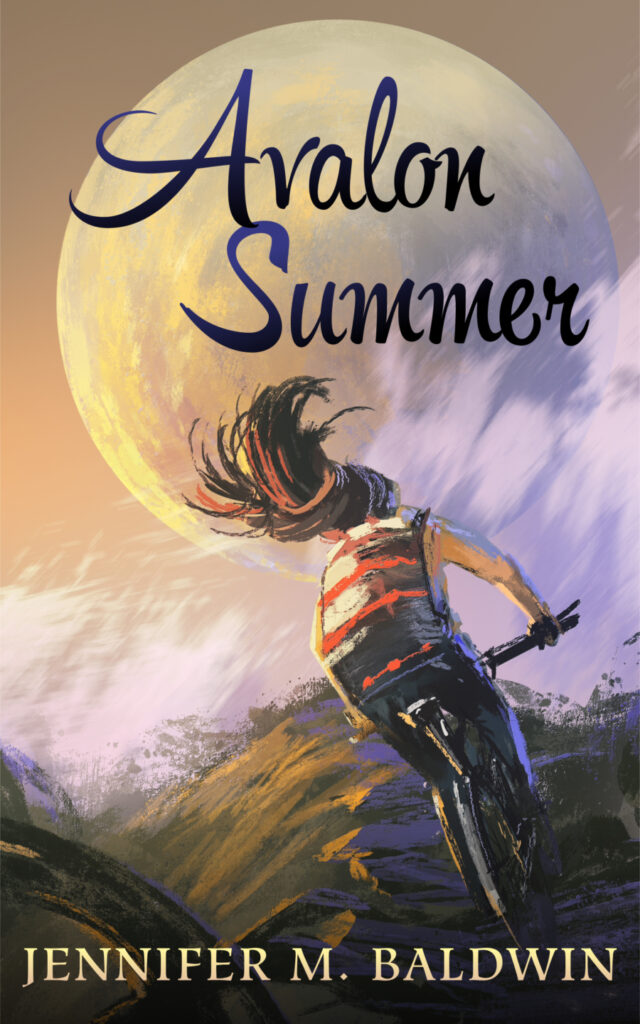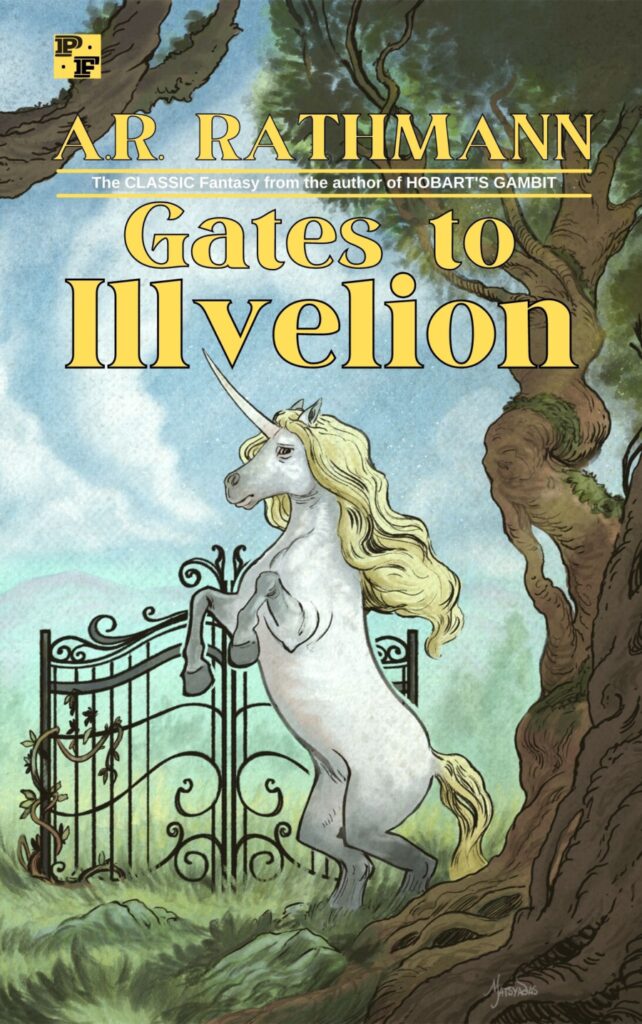Lately, I’ve been rolling up zero-level characters for DCC RPG. Not for any reason, really, just for the fun of it. It’s weirdly meditative. Roll 3d6, straight down the line, and see what unbalanced, horrible/incredible stats ensue. Then roll for birth augur, occupation, random equipment, and copper pieces and bingo! Instant player character.
Why is this kind of character creation so satisfying? I think it’s due to the randomness of it. The character that begins to take shape, with her 16 strength and her 7 luck, her beggar bowl and her random candle, all leads to a low-pressure but satisfying imaginative exercise. I have to start making sense of this weird and sometimes contradictory amalgamation of numbers, stats, equipment, and info. Why was her birth augur “conceived on horseback”? What’s the story with that?! Why does she have such high strength and such low luck? Where did she get the candle and what was the last thing that someone dropped in her beggar bowl?
I’m not planning to use the character for anything, but even if I were going to run her through a funnel adventure, the whole thing is still very low-stakes. I can let my imagination drift through this hazy fictive world and spend a few moments dreaming up an entirely new person. There’s no real purpose, it’s just me playing a game. And when I’m done, I feel both satisfied and energized. The combination of rolling dice, checking charts, and drawing the outlines of a fictional character all help me chill out and relax.
And yeah, I need to relax. Often, when I sit down to write or work on my fiction, I’m tense. “It’s getting late, I only have twenty minutes,” or, “I have no idea what to write and it’s gonna suck.” I sit down tense. Pressured.
I hate that.
I know Bradbury’s advice: “Relax. Don’t think. Work.” But I really struggle with the “relax” part. I can’t get past my perfectionism, and I’m always under the illusion that I’m running out of time.
So. I grab my 3d6, some percentage dice, a d24, a d30, and 5d12, a pencil and paper, and suddenly I’m in the midst of CHARACTER CREATION: such a simple process and yet the possibilities feel inexhaustible. It relaxes me, let’s me do something with my hands, let’s me explore a little corner of my imagination without worry or pressure.
Whether I play these characters or not doesn’t matter. They didn’t exist a couple of minutes ago, but now they do. A handful of random rolls and a new character came into being. Where once there was nothing, now there is something. It’s that simple, and it’s awesome. It might not seem very creative since the entire process is so formulaic and random, but I’m gonna go ahead and argue that it IS creative. As the dice fall and the stats gets filled, my brain starts to take over inventing and filling in the blanks. The numbers on the paper don’t really make the character; I do. Through my imagination, the character becomes a character and not just a series of game mechanics. This is what I love about randomization. It isn’t a substitute for creativity and invention: it’s a tool for creativity and invention. It allows the player to synthesize disparate elements, and in that act of synthesis, the player engages in the highest order of thinking and creation. All thanks to a roll of the dice.
 I had a nostalgic morning. The snow and winter, seeing the woods and swamp behind our house covered in ice and snow, being on Christmas vacation: they made me think of winters at my grandparents’ house, playing
I had a nostalgic morning. The snow and winter, seeing the woods and swamp behind our house covered in ice and snow, being on Christmas vacation: they made me think of winters at my grandparents’ house, playing 

